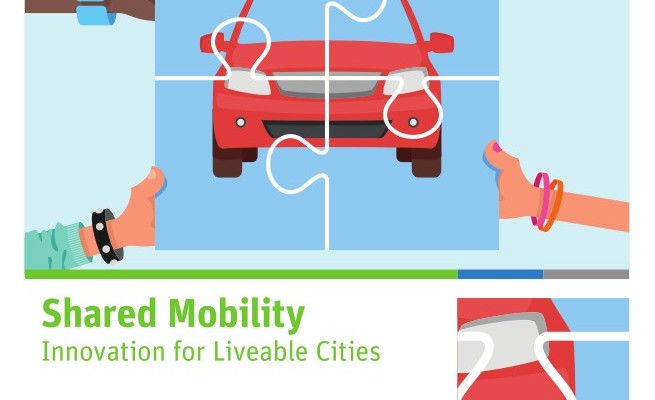Shared Mobility. Innovation for Liveable Cities / International Transport Forum, 2016.
Shared Mobility. Innovation for Liveable Cities / International Transport Forum. – Paris : OECD, 2016. – 56 p. [formato PDF, 1,6 MB]. (Corporate Partnership Board Report).
The way in which people move has undergone several revolutions in the past: from walking on foot, to animal-powered mobility, to vehicles propelled by combustion engines using fossil fuels. Today the next mobility revolution is underway, based on the use of real-time streams of data that make it easier and more efficient to provide citizens with optimised access to their cities. This report investigates one particular scenario that evidence suggests could occur: the large-scale deployment of shared vehicle fleets that provide on-demand transport. Building on our 2015 report Urban Mobility System Upgrade: How Shared Self-driving Cars Could Change City Traffic, this study models the impact of replacing all car and bus trips in a city with mobility provided through fleets of shared vehicles. The simulation is, again, based on real mobility and network data from a mid-size European city, namely Lisbon, Portugal. In this follow-up study, we examine a different configuration where shared mobility is delivered by a fleet of six-seat vehicles (“Shared Taxis”) that offer on-demand, door-to-door shared rides in conjunction with a fleet of eight-person and 16-person mini-buses (“Taxi-Buses”) that serve pop-up stops on demand and provide transfer-free rides. Rail and subway services keep operating in the current pattern. The simulation looks at impacts on the number of vehicles required and the total kilometres driven, and the effects on congestions, CO 2 emissions and use of public space. Additionally – and crucially – it also examines how citizens experience the new shared services and how they affect social inclusion measured in the level of accessibility of jobs, schools and health services.
